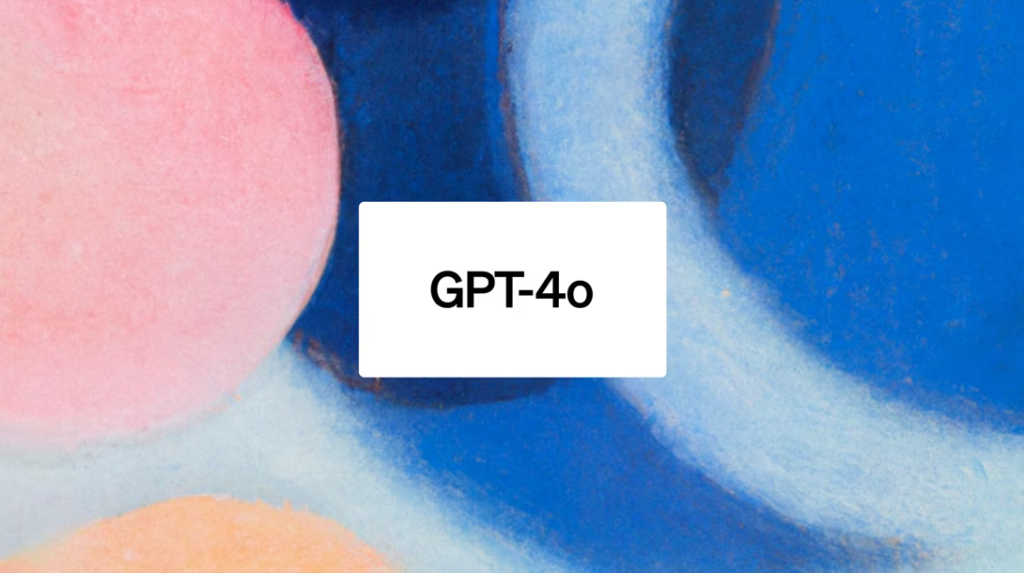OpenAI has released a prototype search engine feature, SearchGPT. Although not available to the wider public currently, it has been reviewed content creators.
How does it work?
SearchGPT is not a separate website, as you may be used to with Google and Bing. Instead it is a feature of the main OpenAI ChatGPT application.
It will have access to up to date information from the world wide web, and will present the familiar chat prompt as the main interface. This allows users to type in questions, and have a custom search results dialogue generated for them, with a traditional search results list in a sidebar.
There is also the ability to ask follow up questions, for which the context of previous queries is remembered. Making the search experience more natural, and hopefully allowing the desired results to be reached more quickly and reliably.
Hallucinations
One of the most obvious issues with ChatGPT is that it will often present information in a convincing and authorative tone, even when it is completely wrong. This is commonly referred to as hallucinations.
One solution is to cite sources being used. Allowing users to independently verify the accuracy of what is being presented. This is the approach taken by SearchGPT, with the search results having attributions next to them.
Comparison with Google’s AI Overviews
AI Overviews from Google is a similar feature which is available for select users. You can check if you have access, by going to lab.google and clicking “TRY IT NOW” under AI Overviews.
Although this uses the Gemini model, it works in almost exactly the same way. You type in a search query and are presented with a custom section generated for you:
The main difference with SearchGPT is that you still get the traditional list of search results beneath the generated output. The interface is also not a chat style one, which makes it less clear if the context from the previous query typed in is taken into account.
OpenAI’s $5 billion loss
It is estimated that OpenAI is on track make a $5 billion loss in the 2024 financial year. With the organization having spent an estimated of $7 billion on training it’s LLM’s (Large Language Models) and $1.5 billion on staffing costs. It has been estimated that it costs $700, 000 per day, to run ChatGPT.
Even with the backing of Microsoft’s wallet, this is not sustainable in the long term and is a consequence of OpenAI having focused more on research than commercialization.
This could be one of the main drivers behind the SearchGPT. If it can challenge the dominance of Google in the search arena, then it has the potential of making enough to cover it’s cost. In 2024 in the US, ChatGPT has already almost surpassed Bing’s market share percentage, and with this new offering it’s growth is likely to be accelerated:




